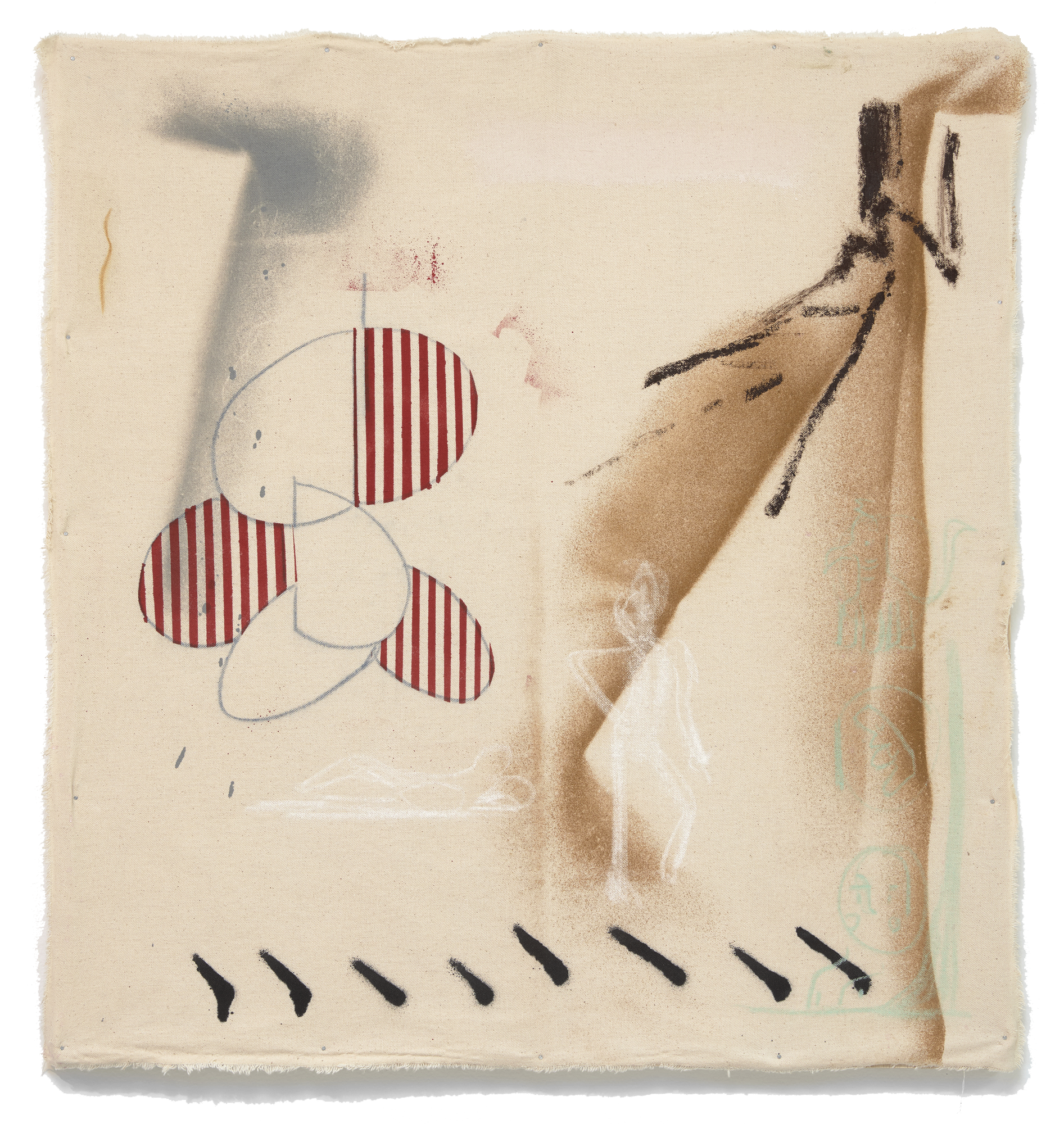Jihyun Lee (b. 1979, Seoul; based in New Haven, CT) is a multidisciplinary artist whose work moves between painting, drawing, and sculptural installation. Her practice traces the folds of memory, time, and domestic imagination — layering fragments of personal and historical imagery into tactile spaces where recollection becomes visible. Lee received her M.F.A. in Fine Arts from the School of Visual Arts, New York (2018), and her M.F.A. and B.F.A. in Painting from Sungshin Women’s University, Seoul (2003, 2001). Her work has been shown at the Seoul Museum of Art, Busan Museum of Modern Art, and the Marugame Genichiro-Inokuma Museum of Contemporary Art in Japan. She has held solo exhibitions at the Ely Center of Contemporary Art (New Haven, 2025), Arario Gallery (Seoul, 2022; Beijing, 2008), and Doosan Gallery (New York, 2012; Seoul, 2013). Recent group exhibitions include Deserve What You Dream (NXTHVN, 2024) and Landing Point (Arario Gallery, 2024). Her publications include Threshold (Doosan Gallery, 2013) and Reflective Surface (Arario Gallery, 2008).
Painting as a Record of Overlapping Time and Space
Lee Ji-hyun’s work focuses on constructing the sensation of time stretching endlessly as thoughts continuously unfold. Images, drawn from personal experiences or tactile objects, intertwine in multi-layered compositions—sometimes rendered as dense, textured paintings, other times as spontaneous, sketch-like traces on raw canvas.
Her early works often depicted scenes where personal objects collided with grand public architecture, merging private and public spaces to create an unfamiliar landscape. By encountering these hybrid scenes in the exhibition space, viewers were invited to engage with multiple interpretations.
After moving to the U.S.(2010), Lee shifted away from referencing iconic architectural structures, instead blending past and present spaces—dimensions that could never coexist. She likens this overlapping of time and space to a pop-up book unfolding inside her mind, where different images continuously emerge. Since language alone cannot fully capture these moments, she turns to painting as a way to document them. Unexpected scenes intersect with past memories, unfolding into new forms, and she seeks to visually capture those moments as they transform into another layer of the past itself.
—
이지현(1979년 서울 출생, 현재 뉴헤이븐 거주)은 회화와 드로잉을 중심으로 조각과 실험적인 작업을하는 작가이다. 뉴욕 스쿨 오브 비주얼 아트에서 순수미술 석사(2018)를, 서울 성신여자대학교에서 서양화 석사(2003), 동 대학에서 서양화 학사(2001)를 취득했으며, 동아시아와 뉴욕을 중심으로 활발히 전시를 이어왔다. 서울시립미술관, 부산시립미술관, 일본 마루가메 이노쿠마 미술관 등에서 작품이 소개되었고, 아라리오 갤러리(서울, 베이징), 두산갤러리(서울, 뉴욕), 선컨템포러리(서울) 등에서 개인전을 열었다. 또한, Reflective Surface (2013), Threshold (2008) 등 출판물로 작가의 여정을 기록했다.
시간과 공간의 중첩을 기록하는 회화
이지현의 작업은 생각이 꼬리를 물며 시간이 늘어지는 감각을 회화를 통해 구성하는 데 집중해왔다. 직접 경험하거나 촉각적 구성물(오브제)로 만들어진 이미지들은 서로 뒤엉켜 다층적으로 표현되며, 밀도 높은 회화 또는 즉흥적인 흔적이 남은 드로잉 같은 형태로 구현된다. 초기 작업에서는 개인적인 오브제와 대형 공공건축물이 충돌하는 장면을 그리며, 사적 공간과 공적 공간이 결합된 낯선 풍경을 만들어냈다. 관람자가 전시장 내에서 이질적인 요소들이 한데 엉킨 장면을 마주하며 다양한 해석이 가능하도록 유도했다. 미국으로 이주한 2010년 이후, 작가는 더 이상 유명 건축물의 이미지를 차용하지 않고, 현대의 공간과 과거의 공간—서로 만날 수 없는 시공간들을 교차시키며 그려내고 있다. 작가는 이러한 시공간의 뒤섞임을 머릿속에서 펼쳐지는 팝업북에 비유하며, 언어로는 완전히 전달할 수 없는 순간들을 회화를 통해 기록하려 한다. 예상치 못한 장면들이 과거의 기억과 맞물려 새로운 형태로 펼쳐지는 과정, 그리고 그 자체로 또 다른 과거의 일부가 되는 순간들을 시각적으로 포착하고자 한다.
